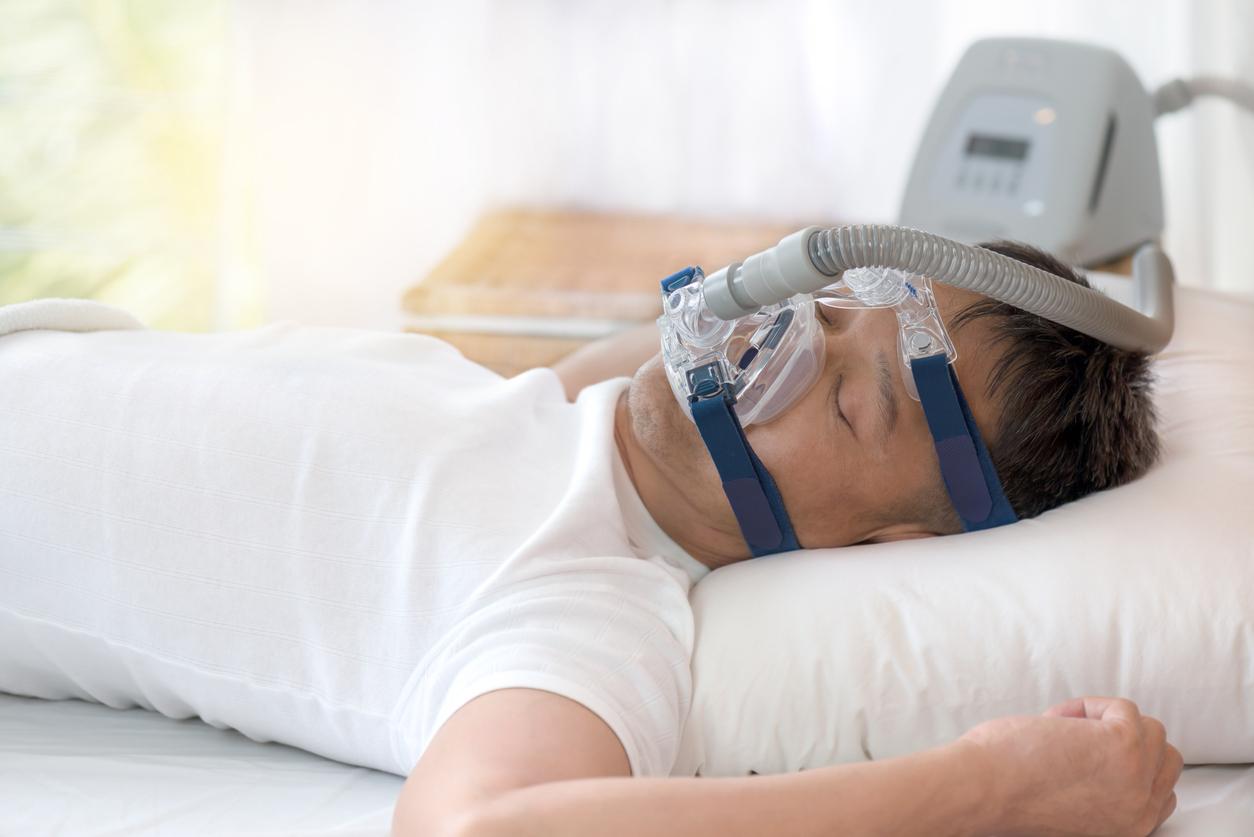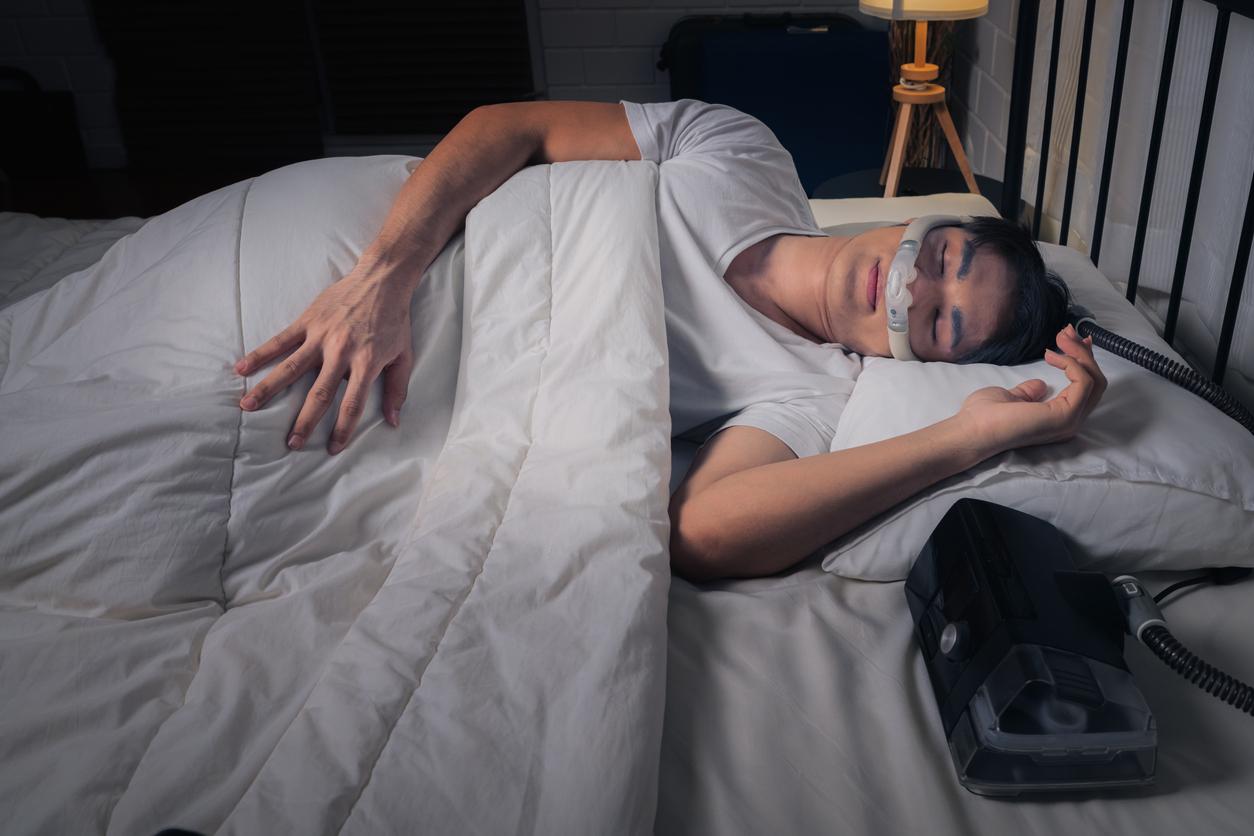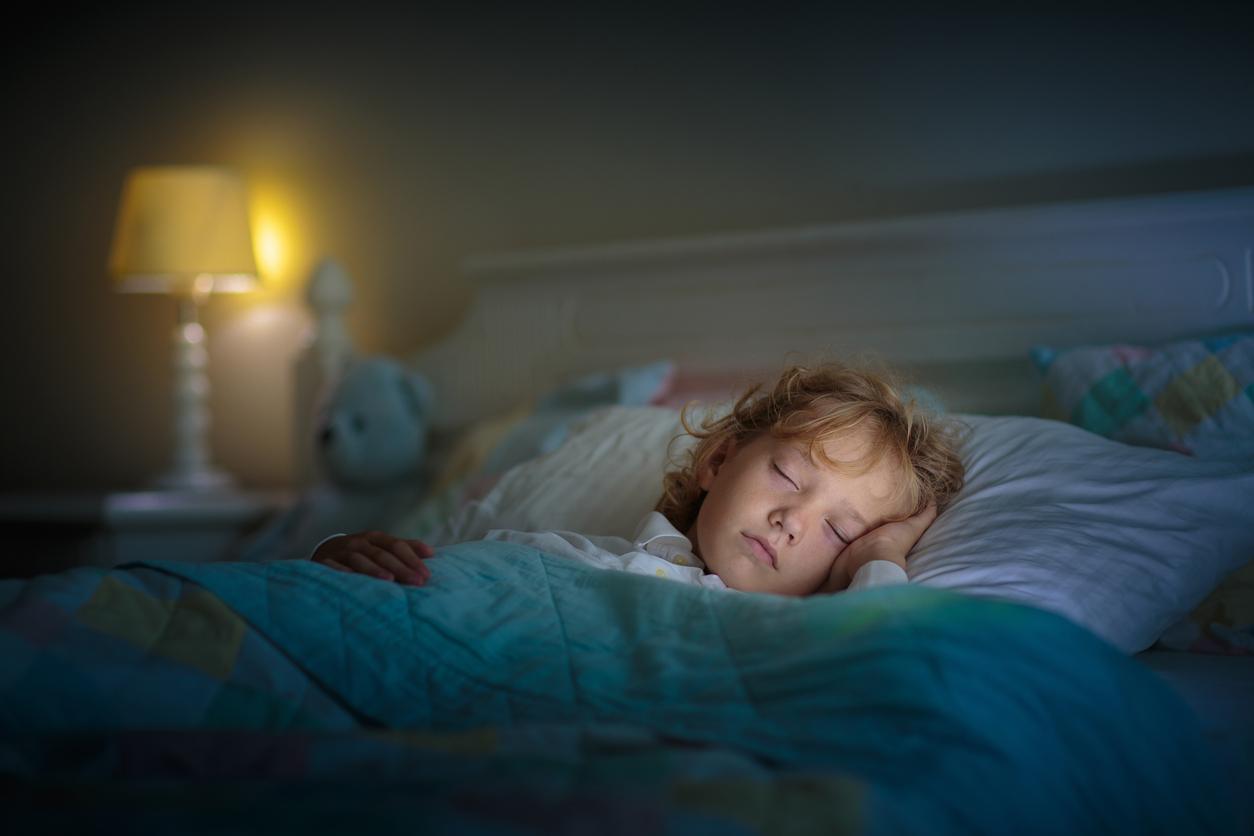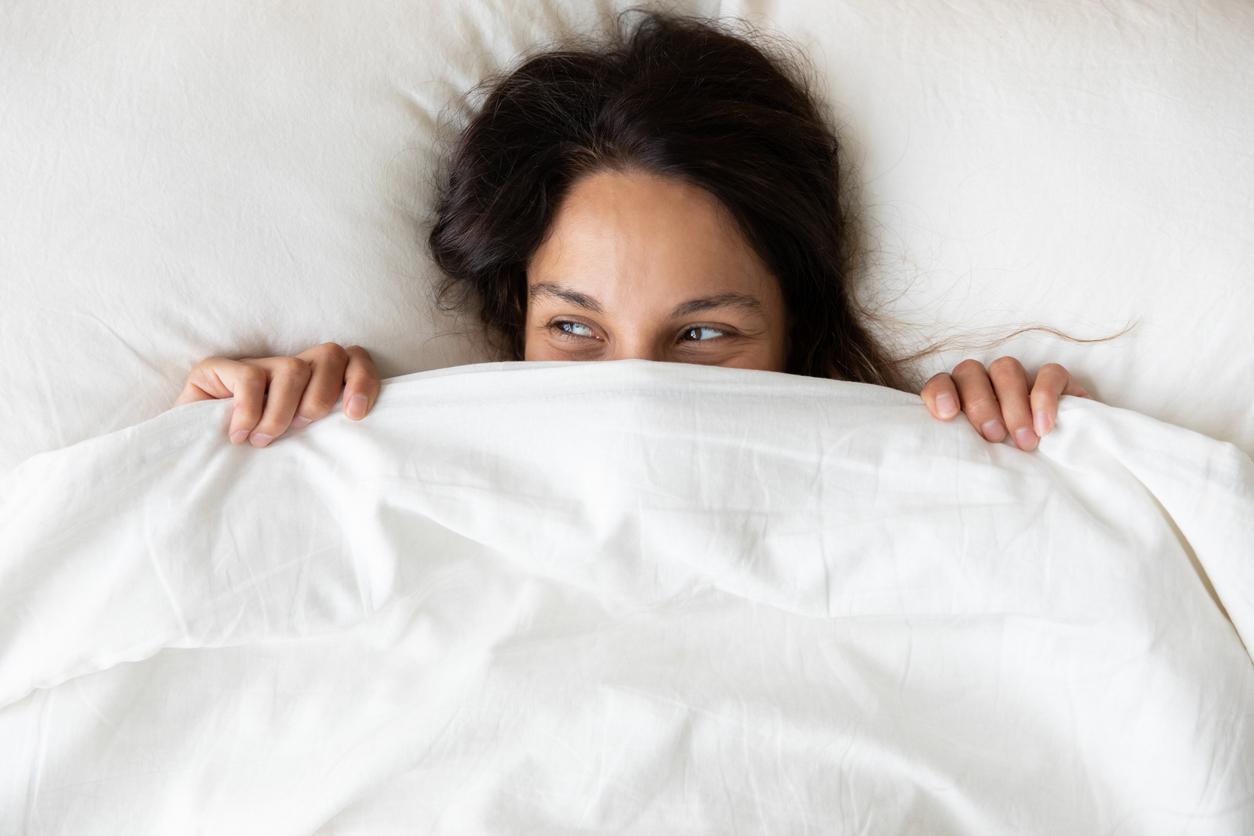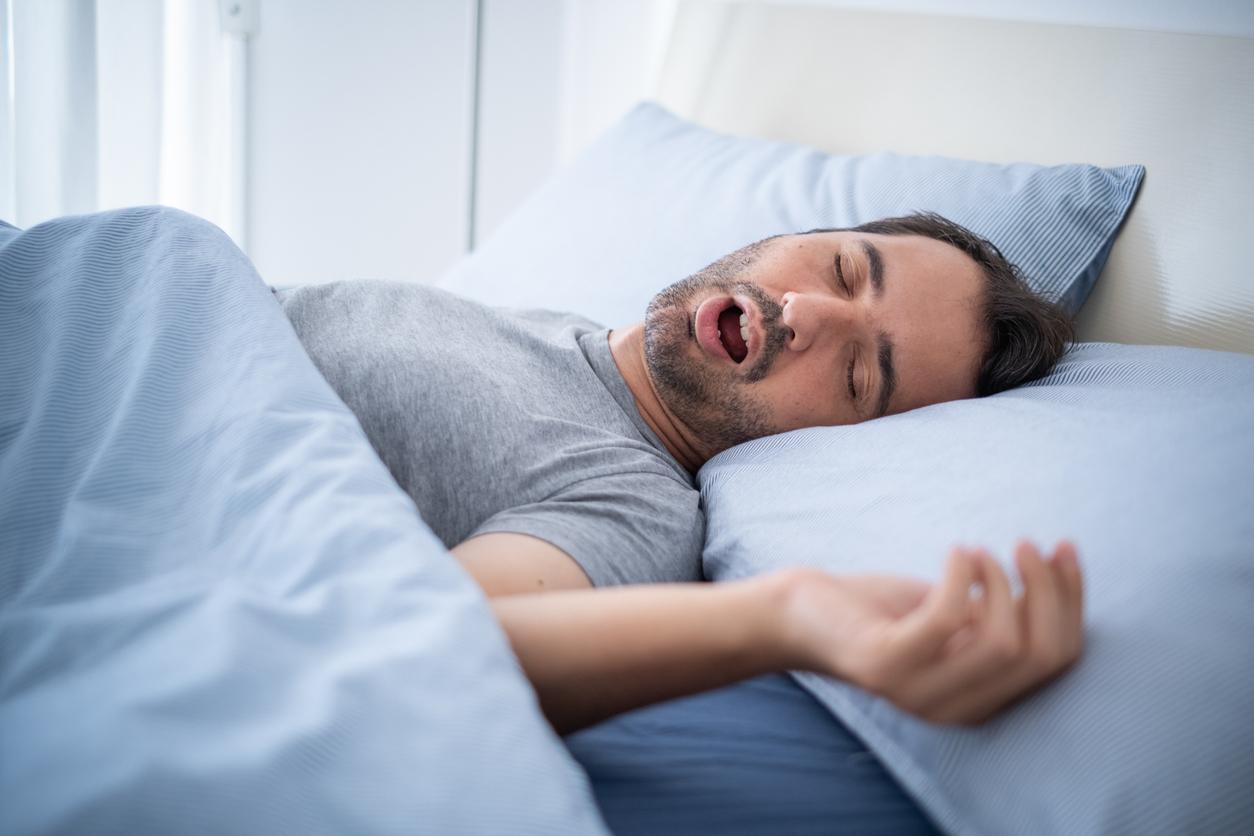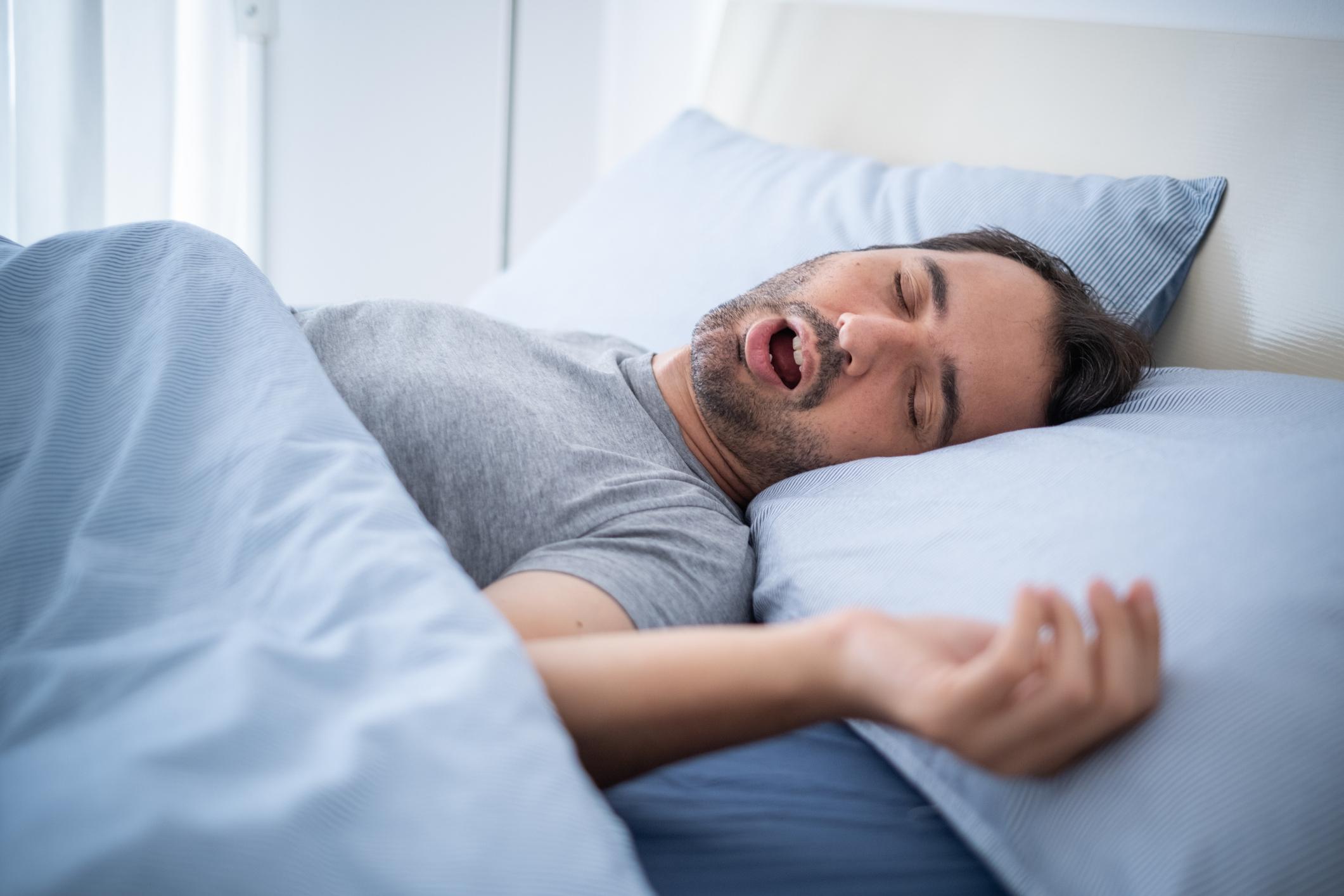A new study finds that combining cognitive behavioral therapy and exercise training may help reduce insomnia complaints in sleep apnea patients.
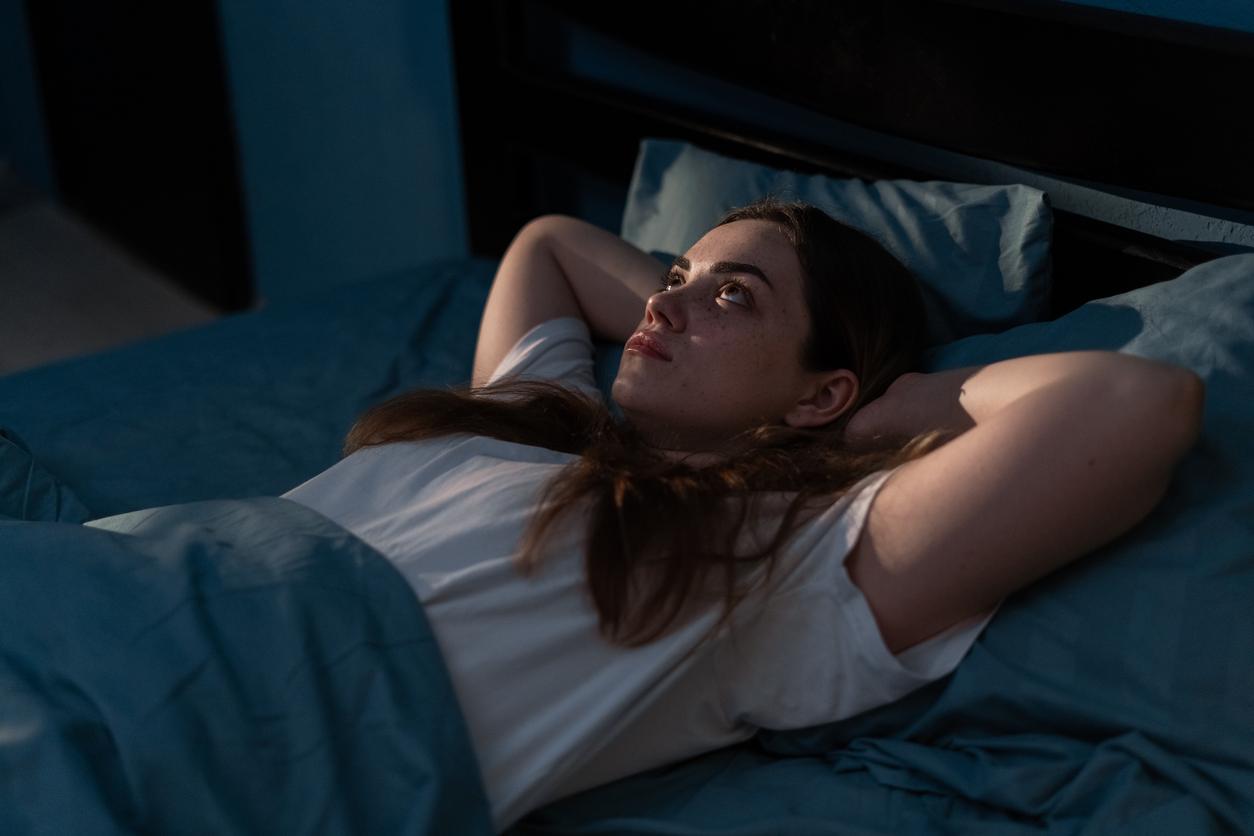
- 10% of the general population suffer from chronic insomnia. The same goes for sleep apnea.
- Cognitive behavioral therapy combined with regular exercise reduces insomnia in patients with sleep apnea, according to a new study.
- However, this improvement seems to mainly impact the perceived quality of sleep.
Both chronic insomnia and sleep apnea disrupt the nights of many people. It is estimated that they each affect 10% of the population. Some patients even live with both disorders. In fact, more than a third of patients with obstructive sleep apnea-hypopnea syndrome (OSAS) also report being insomniac.
A new study, published in the journal Journal of Sports and Exercise Psychologysuggests that cognitive behavioral therapy (CBT) for insomnia combined with regular exercise could help them fall into the arms of Morpheus.
Insomnia and sleep apnea: fewer complaints with exercise and CBT
To determine the best treatment options for patients with sleep apnea and insomnia, researchers followed 19 patients with these disorders. They were divided into two groups. The first was to do 16 weeks of moderate exercise. The second was instructed to do 8 weeks of relaxation then 8 weeks of cognitive-behavioral therapy and exercise.
Every 8 weeks, the volunteers answered a questionnaire assessing sleep quality and the severity of insomnia symptoms. It made it possible to determine the Insomnia Severity Index (ISI).
“We found that after the first eight-week period, exercise had a greater impact than relaxation sessions on ISI scores”explains Amanda Cammalleri, one of the main authors of the scientific article. “But cognitive behavioral therapy combined with exercise had a greater effect on ISI than exercise alone. Which means a greater reduction in insomnia complaints.”

CBT and exercise: effects especially on the quality of perceived sleep
However, other measures also assessing the quality of sleep – such as polysomnography or the number of nighttime awakenings – put a damper on these results. They showed no significant change, or only small improvements. The beneficial effect on patients would therefore mainly be felt.
“Our study demonstrated an effect on perceived sleep quality in particular, and it would be interesting to see what potential mechanisms led to this change with future studies”concludes Amanda Cammalleri in a press release.







